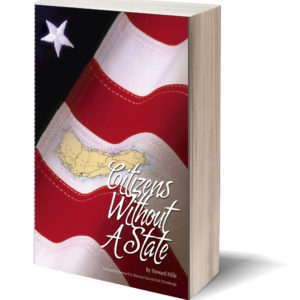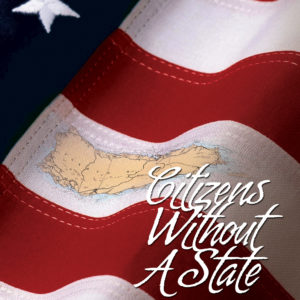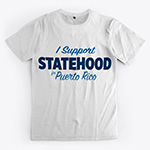Angel Torres of Puerto Rico wrote to us, “During a holiday or a big days the water goes out, sometimes up to 2 weeks.” He went on to say that reaching out to the water company just gets the response that they are in the process of trying to fix the problem. “Sometimes they say the pumps are down. Once I went to where the pumps are at and for 17 hours nobody showed up.” We see a lot in the news about electricity service problems, but how’s the water in Puerto Rico?
Longstanding problems
While Puerto Rico is required to follow the same standards for drinking water safety as any other U.S. jurisdiction and the water on the Island is generally considered save by the Centers for Disease Control, this doesn’t tell the whole story.
The Environmental Protection Agency reports that most communities in Puerto Rico are out of compliance with the U.S. standards. That is, Puerto Rico is required to follow the same standards as the rest of the United States, but most communities don’t meet those standards.
The current data is better than it was at its worst, but 288 public water systems had violations in 2024 — up from 214 in the previous year.
Contaminants in the drinking water include lead, copper, bacteria, pharmaceuticals, and pesticides. Puerto Rico did get funding to replace lead pipes in 2024, but the problem has not yet been solved. What’s more, since Puerto Rico is not included in the federal data collection of lead levels in children, it is very hard to know whether any progress has been made.
Nearly all of Puerto Rico’s water comes from a single source, PRASA, and the infrastructure at the water utility is very old and damaged. This adds to the problem of water safety, and also results in shortages.
Shortages
As reader Angel Torres points out, there are also frequent outages for water delivery in Puerto Rico. Obviously, this is a severe problem. Puerto Rico is no longer experiencing drought, but even the devastating flooding that led to a declaration of a state of emergency has not replenished the groundwater in all regions.
Add to this the problems at PRASA, and the situation is dire. Not only do people have to find alternative sources of water during outages, but the disruptions increase chances of contamination.
Would statehood help?
States and municipalities vary in their water quality and quantity, but the nation as a whole has far fewer violations than Puerto Rico. Why? One of the main reasons is that states have more of a say in the federal government than territories do.
When Flint, Michigan, had faced lead contamination in their water, the senators and congresspeople of Michigan were able to speak up for their constituents, providing funds and strategies for solving the crisis.
Puerto Rico has no senators and no voting Members of the House. A single non-voting representatives, the Resident Commissioner, represents the entire population of Puerto Rico and cannot even vote on bills affecting the Island. As a state, Puerto Rico will have two senators and as many as four congresspeople, depending on the population.
This is a self-perpetuating problem. Since Puerto Rico is a territory, the Island’s voice in American democracy is limited. Since Puerto Rico has limited voice, it is difficult to convince Congress to take action on the question of Puerto Rico’s political status. We need support from people in the states, who can reach out to their representatives and make it clear that their constituents care about this issue. Send a message to your congressional reps and let them know that you are a voter and you care about Puerto Rico statehood.









No responses yet